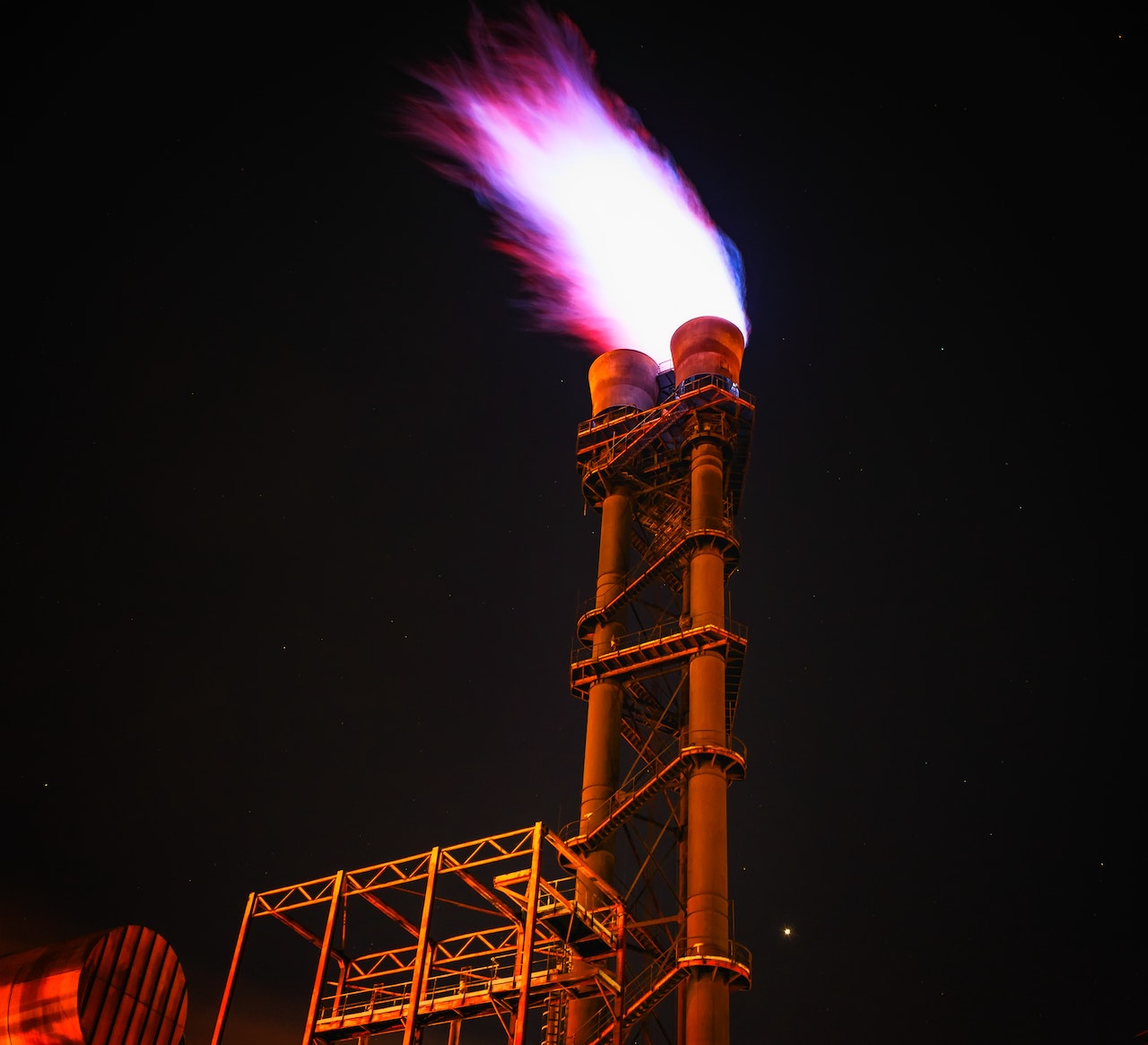In a stark warning on Monday, Federal Reserve Governor Michelle Bowman highlighted the potential threat posed by rising energy prices to the nation’s economic stability. Bowman expressed her inclination towards further interest rate hikes as a safeguard against potential inflationary pressures.
Bowman’s concerns were rooted in the latest inflation data, which relied on the Federal Reserve’s preferred metric—the Personal Consumption Expenditures (PCE) price index. The report indicated that overall inflation for August experienced an uptick, attributed in part to surging oil prices.
“I see a continued risk that high energy prices could reverse some of the progress we have seen on inflation in recent months,” Bowman asserted during her speech in Banff. “I continue to expect that further rate increases will likely be needed to return inflation to 2% in a timely way.”
The Governor also expressed caution regarding the pace of progress on inflation, citing the current interest rate landscape. She emphasized the necessity for additional rate hikes to facilitate sustainable and timely inflation reduction.
“I remain willing to support raising the federal funds rate at a future meeting if the incoming data indicates that progress on inflation has stalled or is too slow to bring inflation to 2% in a timely way,” Bowman added.
Meanwhile, Federal Reserve Vice Chair of Supervision, Michael Barr, offered a perspective from New York, positing that the pivotal question at this juncture is not whether an additional rate increase is warranted this year, but rather the duration that the Fed will need to maintain elevated rates to achieve the 2% inflation target.
Barr anticipated that the full impact of prior tightening measures would manifest in the coming months. He acknowledged improved resilience in the job market and surprising economic growth, but cautioned against the delicate balance required to curb inflation without incurring significant job losses.
The Fed’s preferred inflation gauge, when assessed on a “core” basis, excluding food and energy, revealed a 3.9% growth in August, down slightly from the preceding month’s 4.1%.
Federal officials are contemplating one more rate increase before year-end, potentially raising the range to 5.5%-5.75%. Currently, rates stand within the range of 5.25%-5.5%. The Federal Reserve has implemented 11 rate hikes since March 2022, marking the most aggressive campaign since the 1980s.
Bowman reiterated her call for a third-party investigation into the failures of regional banks, including Silicon Valley Bank, Signature Bank, and First Republic earlier this year. She underscored the inconsistent conclusions drawn from reports by the Fed and the Office of the Inspector General, emphasizing the need for critical questions about supervisory approaches.
“Asking these questions can help us appropriately calibrate our revised approach to banking supervision and help us avoid reacting in a way that is disproportionate to an institution’s risk to the banking system,” she stressed.
Inflation, though slightly reduced, lingers around 4%, doubling the Fed’s target and underscoring the challenges ahead in regaining economic traction. As the nation grapples with the enduring specter of rising energy prices, Fed officials remain resolute in their commitment to steering the economy toward a sustainable and balanced course.
Source: Yahoo Finance



